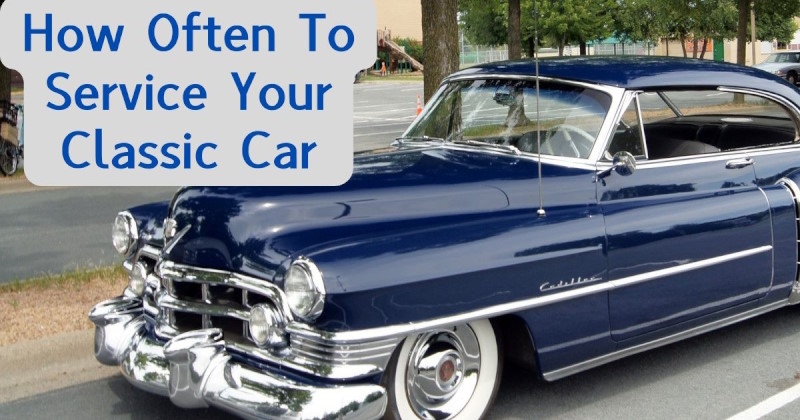
Owning a classic car isn’t just about transportation; it’s a love affair with history on wheels. Each drive brings a certain thrill—a connection to a bygone era that today’s modern cars just can’t match.
But with that joy comes the responsibility of keeping these vintage beauties in top shape, and let’s face it, classic cars need a bit more TLC than your average vehicle.
In this guide, we’re diving into nine essential tips to help you create a maintenance routine for your classic car that keeps it purring like it did back in its heyday. From the importance of regular oil changes to checking brakes and battery care, these practical steps will not only extend your car’s life but also keep your rides smooth and safe.
Regular Oil Changes: Every 3,000 Miles or Annually
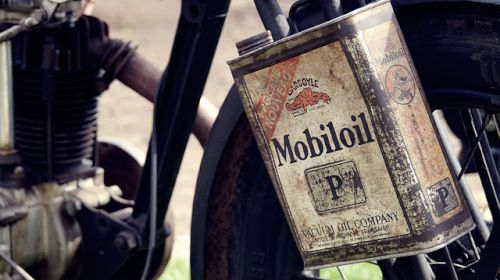
Oil changes might be routine for any car, but for classics, it’s vital to keep the engine running smoothly. Since classic cars aren’t usually driven daily, oil can become thick and lose its efficiency over time.
Even if you’re not racking up miles, a good rule of thumb is to change the oil every 3,000 miles or at least once a year.
Imagine taking your car out for a springtime cruise, only to be sidelined by engine issues due to gunky oil. Regular oil changes prevent sludge buildup and protect your engine—making every drive as smooth as it was back in the day.
Brake Checks: Every 6 Months

Brakes are the unsung heroes of safe driving, especially for older cars where parts wear faster. Due to the unique systems in classic cars, they need more frequent attention to ensure they remain responsive and reliable.
Make a habit of checking the brakes at least twice a year, looking for signs of wear and replacing brake pads as needed.
A soft or spongy brake pedal is a warning light that your car’s braking power may be compromised. Regular brake maintenance lets you enjoy the open road with confidence, knowing you can stop safely when it matters.
Related: 7 Signs Your Classic Car Needs Immediate Maintenance
Battery Maintenance: Monthly or After Long Storage
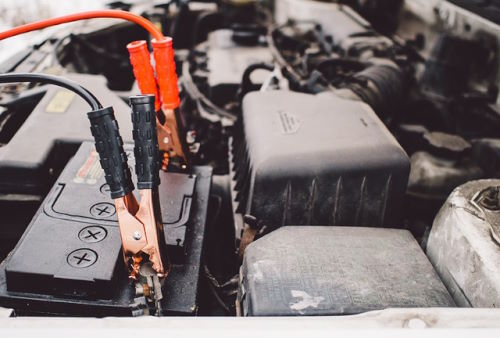
Classic car batteries, especially if not driven daily, are prone to losing charge. If your classic spends more time in the garage than on the road, consider using a trickle charger to keep the battery healthy.
Check it monthly, and give it a good look before any long drive, especially after winter storage.
Picture this: you’re all set for a weekend drive, only to find a dead battery. A little preventive maintenance can save you from that disappointment and keep your classic ready to roll.
Tire Care: Every 6 Months

Old cars and new tires go hand-in-hand, but even with fresh rubber, classic car tires need regular care to maintain safety and ride quality. Check for cracks, proper inflation, and uneven wear every six months, or more often if you drive regularly.
Tires can “flat spot” if a car sits too long, leading to a bumpy ride. Regularly rolling the car or using tire savers when storing can help maintain that vintage ride comfort we all crave.
Related: 9 Classic Car Maintenance Mistakes and How to Avoid Them
Fluids and Belts: Inspect Every 3 Months

It’s not just the oil that needs your attention; brake fluid, coolant, and transmission fluid levels should be checked every few months. Belts also tend to harden and crack over time, especially if the car is only driven occasionally.
A quick check under the hood every quarter will help you catch potential issues before they become expensive repairs.
Classic cars have a reputation for sudden leaks and cracks, but these simple checks can help keep things running smoothly and prevent breakdowns.
Exhaust System: Check Annually
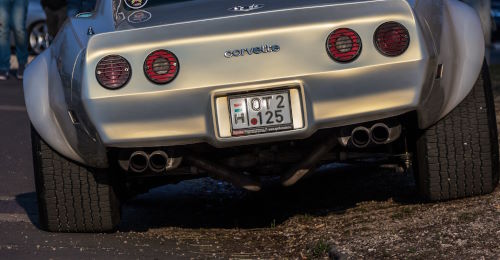
Rust and corrosion are two enemies of classic exhaust systems. Each year, do a thorough inspection of your exhaust pipes and muffler, looking for any signs of rust or holes. A rusted exhaust can not only reduce performance but also expose you to harmful gases.
Imagine the horror of a loud rumble developing on an otherwise quiet drive. Regular exhaust checks can help maintain your car’s smooth, nostalgic sound and keep it legal and safe for the road.
Body Care and Rust Prevention: Quarterly Checkups
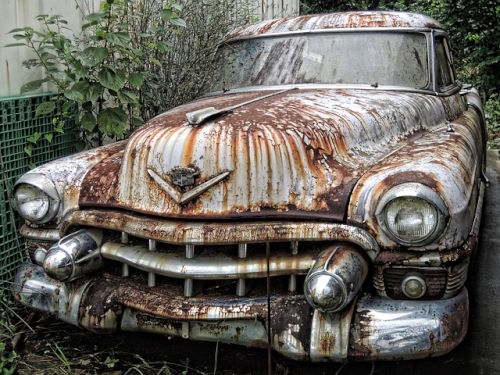
Nothing takes away from a classic’s beauty quite like rust spots. Vintage cars are more susceptible to rust due to the materials used in their era, so quarterly inspections and prompt rust treatment are a must.
A high-quality wax job also adds a protective layer, keeping that paint job glossy and timeless.
Body care isn’t just for vanity—it’s a vital part of preserving a classic. Regular washes, waxes, and keeping the car covered when not in use are small but significant steps to protect your investment.
Electrical System: Inspect Every 6 Months
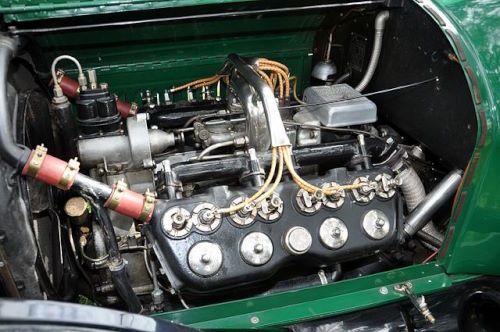
The electrical systems in classic cars are, let’s say, charmingly quirky. Wiring and fuses tend to degrade over time, so a biannual inspection is key to avoiding surprises. This is especially true if you’ve installed modern features or have done any custom work on the car’s electronics.
A quick once-over ensures that lights, signals, and other electric components are in working order—nothing worse than a nostalgic ride spoiled by a dead turn signal.
Interior Care: Seasonal Refresh
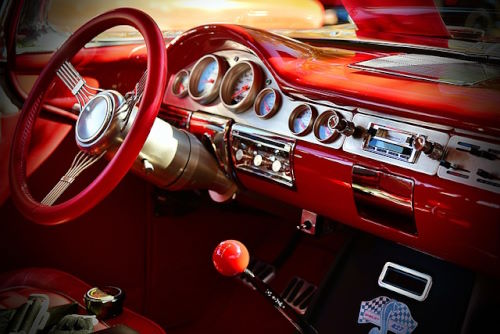
Preserving the interior of your classic car keeps its character intact. Leather seats, dashboards, and vintage upholstery need care to prevent cracking and fading. Use a gentle cleaner and conditioner on leather and soft brushes for fabric surfaces.
A seasonal cleanup keeps the interior fresh and feels more like a time capsule than a used car.
Treating the interior with care not only makes your drives more comfortable but helps your car retain its value over time—whether it’s for a weekend cruise or the next car show.
Final Thoughts
Routine maintenance is the lifeblood of any classic car. Whether you’re a weekend warrior or a proud collector, these nine guidelines can help you keep your vehicle in prime condition.
Remember, a well-maintained classic isn’t just a car—it’s a piece of history, an experience, and often, a labor of love.
Got any tips, experiences, or photos of your classic car? We’d love to see them on our Facebook page! Share your stories and let’s keep this love for classic cars alive and thriving.
Related Articles:
